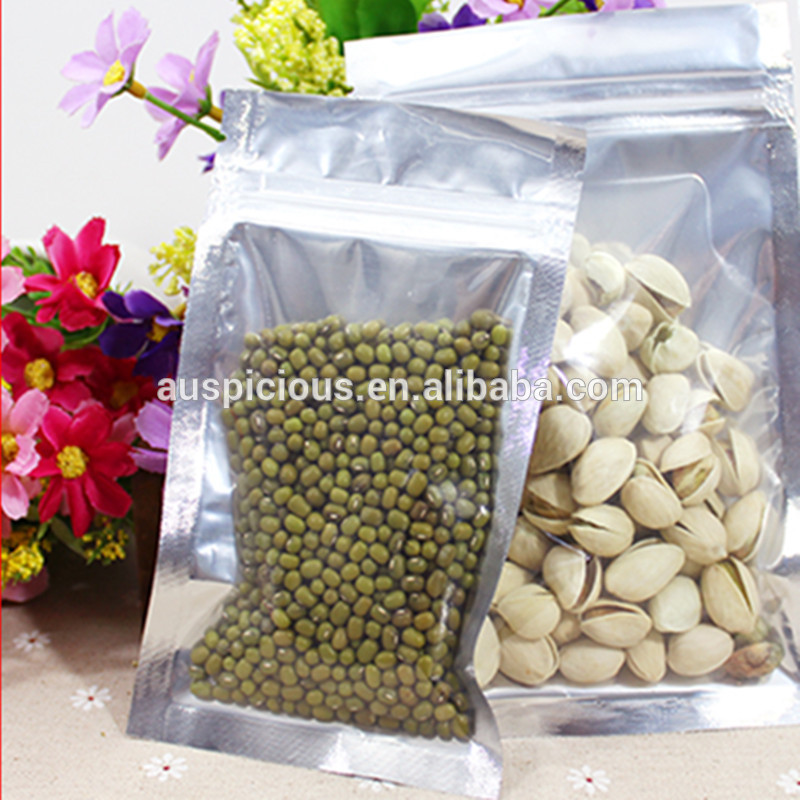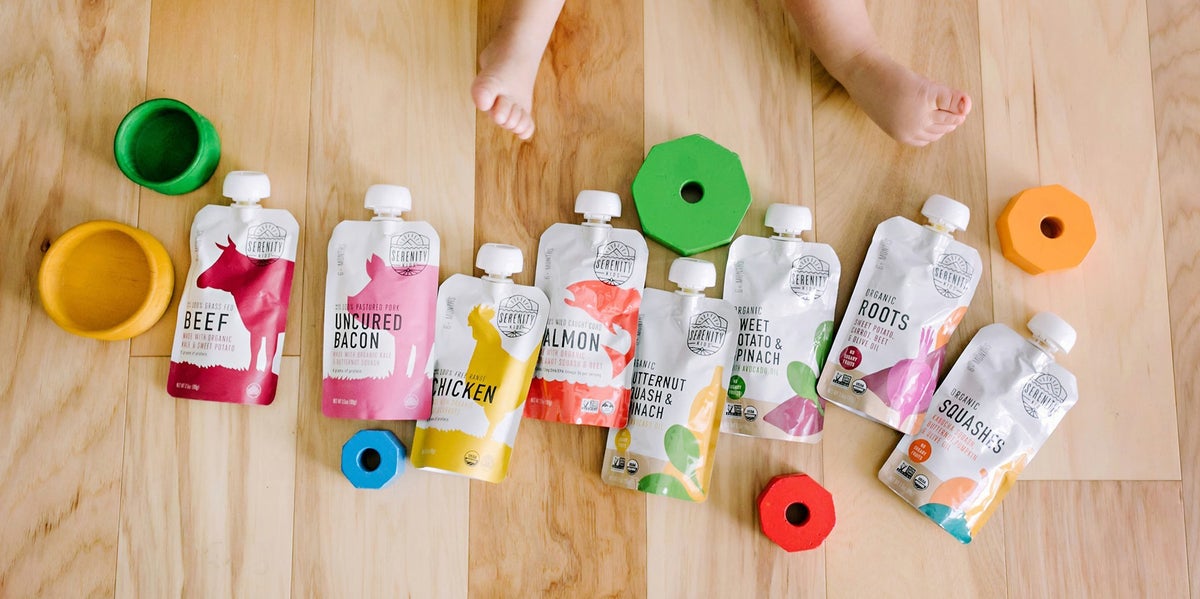Food packaging for restaurants – flavor in a bag ready to serve
Contemporary artificial teats and complementary feeding containers, such as the ones reviewed here, seem to cross the boundaries between what has historically been understood as “artificial teats,” “feeding cups,” and “bottle-fed complementary food.”

There were no systematic reviews of brand statements on products and equipment designed for complementary feeding for conformity with the International Code, according to a preliminary search.
Modern intermediate bulk containers come in a variety of shapes and sizes (IBCs) Intermediate bulk containers (IBC totes, IBC tanks, IBCs, and pallet tanks) are reusable, multi-use industrial-grade containers designed for the mass handling, transport, and storage of liquids, semi-solids, pastes, and solids.
Modern Teats, Containers, and Packaging for Complementary Feeding Modern complementary feeding containers have improved on older bottle designs, whereas novel artificial teats developed for complementary feeding have improved on older pacifier designs.
Rigid IBC tanks
Rigid intermediate bulk containers are reusable, stackable containers with an optimized pallet base mount for forklift pallet jack maneuverability.
Stone, plastic, or a combination of the two products may be used to make these containers.
The volume spectrum of rigid IBC construction styles is in between that of normal shipping drums and intermodal tank containers, thus the name “intermediate” bulk container.
Title 49 CFR codes enable IBC totes with a capacity of up to 3 cubic metres (793 US gal) to be manufactured while retaining the “IBC” brand and federal shipping and handling permits.
The most popular IBC tank capacities are 1,040 and 1,250 litres (275 and 330 US gal).
Intermediate bulk containers are standardized shipping containers that are often UN/DOT approved for the transportation of dangerous and non-hazardous materials in packaging groups II and III.
Many IBC totes are made in accordance with federal and NSF ANSI regulations and mandates, and they are often IMDG certified for both domestic and maritime transportation.
Metal alloy IBC tanks are also designed to meet NFPA and UL142 approval requirements for long-term storage of flammable and/or combustible products.
Intermediate bulk containers may be made from a variety of materials depending on the application or operation by which the IBC may be used.
Cutting food waste to feed the world 11 May 2011, Rome – Roughly one third of the food produced in the world for human consumption every year approximately 1.3 billion tonnes gets lost or wasted, according to an FAO-commissioned study. (fao.org)
The following are examples of traditional materials:
Plastic is a kind of material that is (high-density polyethylene)
Galvanized steel and acrylic composite
Steel made of carbon
Stainless steel (grades 304 and 316/316L)
The caged IBC tote jar is the most often used and recognized IBC.
Caged IBC totes are composite intermediate bulk containers with a tubular galvanized steel grid that hold and cover a white/translucent plastic container (polyethylene).
Because of their low cost, wide compatibility, and usability, caged IBC totes are widely used.
Despite these recommendations, studies have shown that the majority (≥75%) of young children in the United States use a bottle beyond 12 mo of age and in Great Britain most children (≥65%) are still using bottles after 18 mo of age ( ). (academic.oup.com)
Modern packaging and feeding systems have the ability to drastically alter how babies and children eat solid foods during infancy and childhood.

Scaling up studies on the efficacy, nutrition, and health effects of commercial packaging and devices is one of the recommendations.
Metal alloy IBC tanks are also manufactured according to NFPA and UL142 certification standards for extensive storage of materials labeled as flammable and/or combustible. (en.wikipedia.org)
Wrapping, cushioning, pack compartmentization, cartonizing, or other methods to reduce shock and friction to avoid injury during handling and shipping shall be used to shield items that need shielding from physical and mechanical harm or that are fragile.
Devices were chosen for their ease of use, as well as their availability for automated order placing and shipping.
You will have a premium experience with better-looking packaging.
Storage for more than a year necessitates more than the bare minimum in terms of physical and mechanical security.
However, “industrial baby food” and “baby food pouches” in some countries are marketed to infants from 4 mo of age, according to respective national or regional policies ( ). (academic.oup.com)
Commercial feeding items such as organic infant formula, follow-up formula, child milks, synthetic baby food and drinks, bottle-fed natural food, bottles, and teats are currently marketed ethically, according to global guidelines ().
It allows for multiple handling and shipments through either means of transportation, as well as damage-free storage for a minimum of one year in sealed facilities.
Consumers can fill food pouches with commercial baby formula and bind artificial teats to the food pouches for formula feeding.

Intermediate Bulk Containers
Customers that manufacture UN-approved Intermediate Bulk Containers (IBCs) with capacities varying from 600 L to 1250 L choose AG UV resin. LyondellBasell’s high molecular weight, high density grade helps to establish efficiency and consistency standards in this application.
Explore How Gender Inequality Leads to Hunger Of the 690 million people who are food insecure in the world right now, 60 percent are women and girls. (wfpusa.org)
IBCs have grown in popularity as a creative commercial container packaging option thanks to the resin.
Superior cold impact power, outstanding environmental stress cracking resistance, strong chemical resistance, excellent processing characteristics and creep resistance, and enhanced UV resistance are some of the main performance and properties of Lupolen 4261 AG UV used in blow molding.
Lupolen 3621 M RM and Lupolen 4021 M RM provide excellent processability, good impact efficiency, excellent environmental stress cracking resistance, low warpage, and good UV resistance when used in rotational molding.
Data from a survey of 181 parents in France on complementary feeding showed that 54% of parents reported a fear of infant choking on small pieces of food ( ). (academic.oup.com)
(ISTA) National Institute of Packaging, Handline, and Logistics Engineers (IoPP) International Safe Transport Association (NIPHLE) DLA Troop Support – Medical Items – Controlled Materiel Typical Packaging for MIL-STD-129R Inconsistencies Codes of Discrepancy a list of (MS Word) Palletization is a term used to describe the process of Lookup Packaging Codes on ThomasNet Hazardous Materials Packaging and Transportation for the Department of Defense Defense Logistics Agency (DLA) Packaging Authorized Commercial Packaging.

Our plastic bulk containers are made of High-Density resins and are 100% recycled. (resourcemhr.com)
horized allows non-specification products to be used. a state of cleanliness Items must be clear of soil and other pollutants that may cause the item to deteriorate or necessitate washing by the consumer until usage.
in the EU, the UK, and the US, as well as a wide variety of capabilities that can handle all specialized care and primary care items to guarantee that your medication is packaged to the highest quality requirements and with the most cost-effective choices, regardless of amount.

Recent Comments